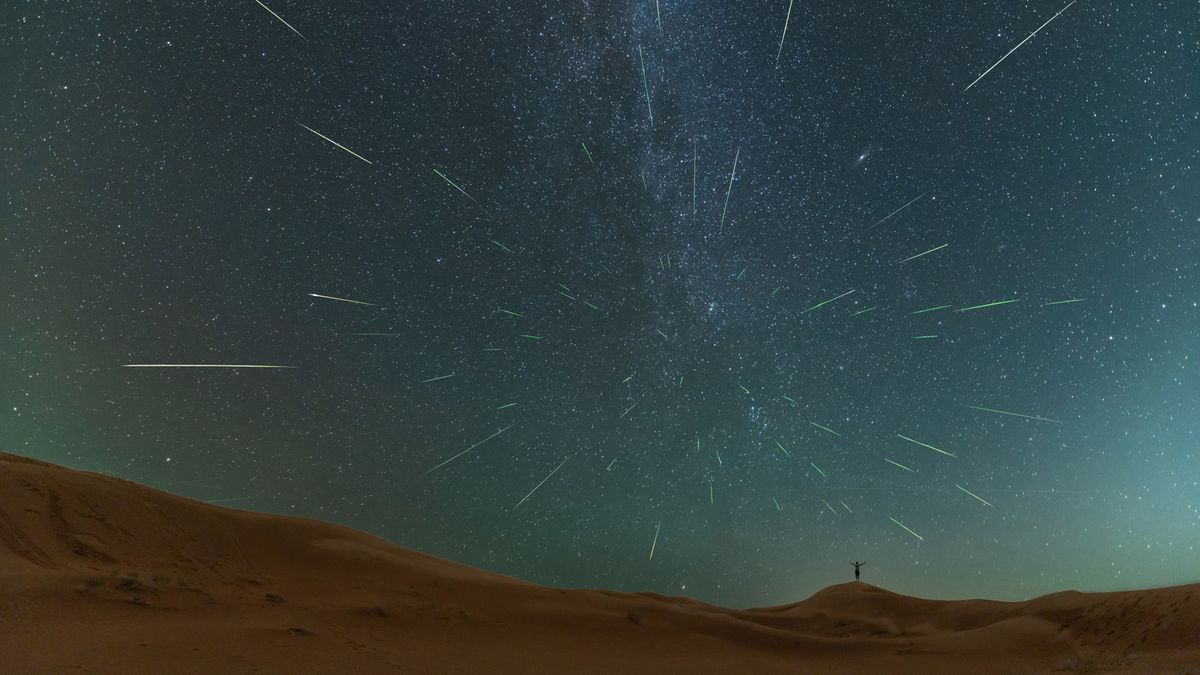
The Perseid meteor shower is an annual astronomical event that graces the night sky during the summer months. This year, the peak of the shower is expected to occur on August 12 and 13, making it an ideal time for skygazers to witness this natural phenomenon. The Perseids are known for their fast and bright meteors, with up to 50 to 100 shooting stars per hour visible under optimal conditions.
The origins of the Perseid meteor shower can be traced back to debris left behind by the Swift-Tuttle comet. As Earth passes through this cosmic trail, bits of the comet collide with our planet's atmosphere, disintegrating and giving off bright and sometimes colorful streaks of light. Larger particles may even produce fireballs that can be seen from great distances.
To maximize your chances of seeing the Perseids, find a dark place away from city or street lights for optimal viewing. The best time to watch is during the second week of August when Earth encounters richer meteoric activity. The radiant of the meteor shower, which is where they appear to originate from, can be found in the Perseus constellation.
The peak night for observing the Perseids will have a waning moon that sets around midnight, allowing for dark skies until dawn. However, it's important to note that cloudy weather or light pollution can impact your viewing experience. Be sure to give your eyes at least 30 minutes to adjust to the darkness before looking up.
The Perseids are a popular meteor shower and have been observed for thousands of years. Ancient civilizations, such as the Greeks, named constellations based on mythological stories. The Perseus constellation is no exception, with its namesake being a legendary hero who killed Medusa and transformed onlookers into rocks with a glimpse of her head.
For those unable to witness the Perseids in person, there are numerous resources available online that offer live streams and real-time updates. NASA's Meteoroid Environment Office, for example, provides information on meteor showers and their expected peak times. Additionally, organizations like Space.com offer expert analysis and stunning visuals to help bring the magic of the Perseids into your home.
In conclusion, the Perseid meteor shower is a breathtaking display of nature's beauty that should not be missed. By following these simple guidelines and utilizing available resources, you can maximize your chances of experiencing this celestial event in all its glory.



